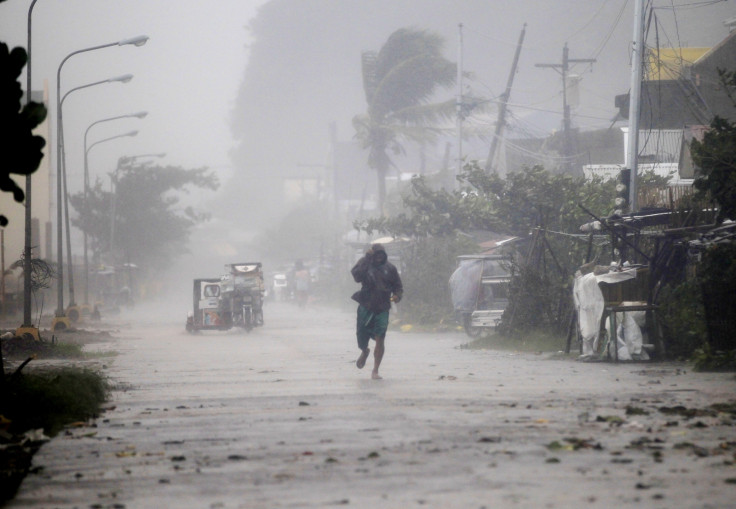Lima: UN climate talks encounter yet another stumbling block in review of national pledges

After the impasse on mitigation as the focus in the climate deal, and the developed world refusing to foot the bill any more than what it has so far, the latest tussle at UN sponsored climate talks at Lima is over national pledges on emission reductions.
UN chief Ban Ki-moon has called on India, the third largest carbon emitter, to play a constructive role in securing a climate agreement in Paris by spelling out by June its national commitment on reducing emissions.
"In Lima, I expect countries to agree on the draft text of the Paris agreement and answer key questions on the nature of the commitments that will be made by countries next year. I encourage India to continue playing a key and constructive role that will make a meaningful, universal climate agreement possible next year when countries meet in Paris," Ban told PTI.
However, India on Sunday said that while work was in progress on its intended nationally determined contributions (INDC), it does not support an ex-ante review of the same, as it is an issue of sovereignty.
Susheel Kumar, additional secretary in the ministry of environment who is the interim head of the Indian delegation, said the report on India's INDCs is set to be submitted to the UN in June 2015 but the timeline for all countries has not yet been discussed.
The EU and South Africa are among nations seeking a review mechanism of the INDCs for adequacy and equity-based burden-sharing and the need to meet the requirements of keeping global temperatures under check.
The 1992 Kyoto protocol was based on the common but differentiated responsibilities which placed the onus of emissions reductions largely on rich countries, which was responsible for most of the emissions.
Share of the carbon pie
It was agreed that they would now allow the rest of the world to grow (emit) as also avoid possible emissions by way of funds and technology transfer that would make the transition less costly.
But this never happened. The fund flow was paltry and emissions from rich nations continued on a business as usual trend. And China joined the big emitters' club to finally take the lead.
The green fund now has more than £6bn ($9.5bn) in commitments but the Copenhagen Accord of 2009 had seen developed countries promise to mobilise £64bn ($100bn) per year by 2020.
Now the developed nations are insisting that mitigation must be the focus for all nations. The developing nations do not agree as they are struggling to cope with adaptation costs, which the UNEP has predicted to be thrice of what has been predicted.
The US has promised to reduce emissions by 26-28% below the 2005 levels by 2025. China pledged to peak its carbon emissions around 2030.
Going by these numbers, it will mean China will take up 30% of the global carbon budget left, while the US will pick a 10%, EU a 6.5% and leave a 36% for the developing world on the whole.
The carbon budget that is left for the world as a whole to burn but avoid the rise above two degrees C in temperature is just a little less than a 1000 bn tonnes.
Per capita refuge
Meanwhile, India as the third largest emitter in terms of net emissions, has insisted its peaking will come only after poverty has been addressed. It continues to take refuge behind the low per capita emission rate.
This approach is a sham when considering the huge inequity in energy supply to urban and rural areas, with millions having no access to electricity.
Despite the immense potential for efficiency improvement and demand side management in India, the rush to create additional capacities shows a short-sightedness in approach.
Big questions
Should nations be vying to scavenge the remains or do something to remove it?
Should India be refusing to cut emissions on the equity excuse or talk tough on the carbon budget by forcing equitable sharing? Should nations that have advanced in living standards continue to be greedy or allow the poorer ones to reach some degree of development too?
Should the US and China be refusing to legally binding cuts at Paris?
The answer is blowing in the wind. And not just for the Philippines.
Science has piled up all the evidence whether one goes by the IPCC report, the UNEP, Royal Society or World Bank.
The world has already locked into a 1.5C rise already and this could go as high as 4C by end of the century. What this means is history already – in the heat waves, typhoons and melting glaciers.
The answer remains in seeing the big picture and for that the negotiators must rise above national constraints. Not to forget equity.
© Copyright IBTimes 2025. All rights reserved.



















